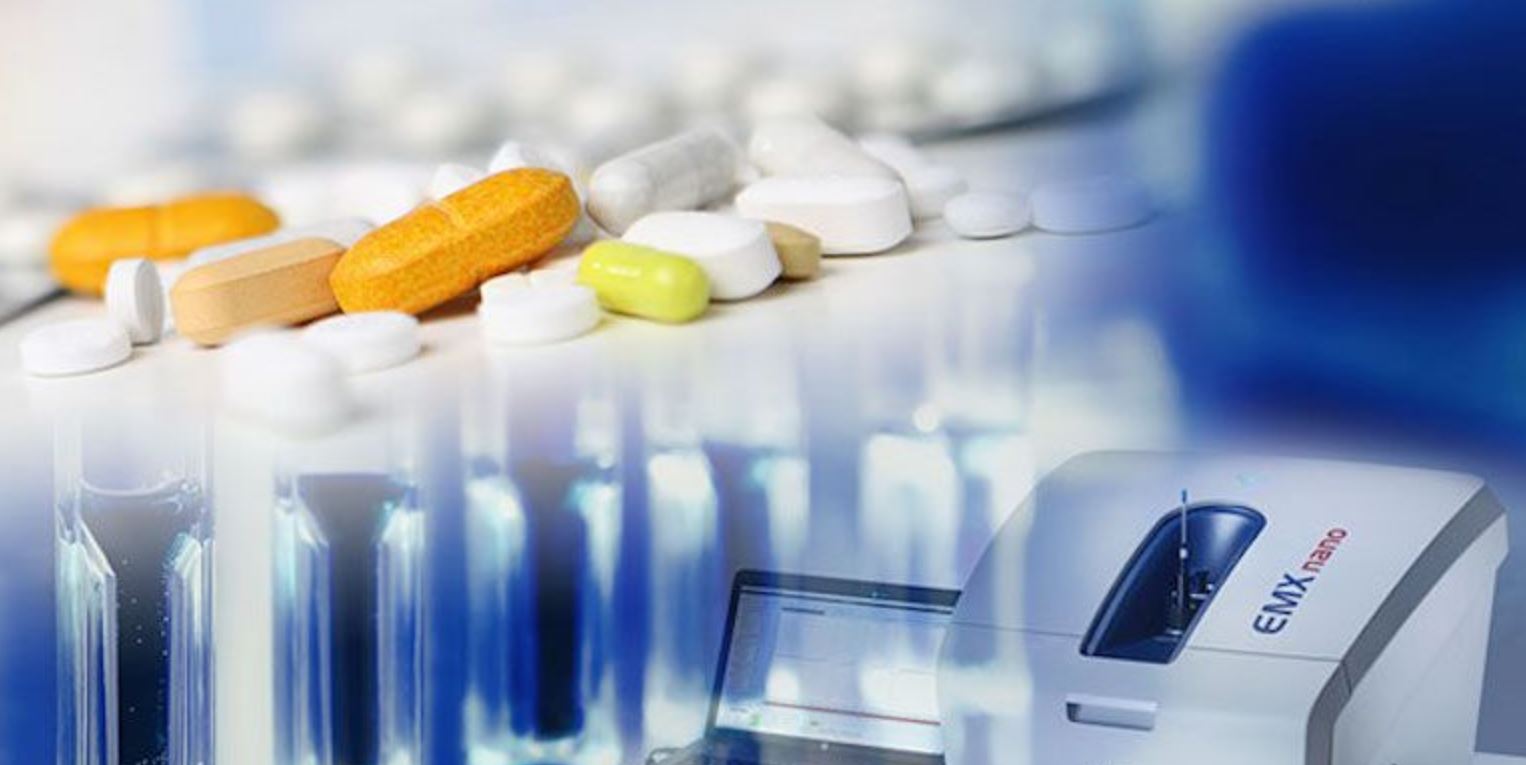
Pharmaceutical Applications of Electron Paramagnetic Resonance (EPR) Spectroscopy

Electron Paramagnetic Resonance (EPR) spectroscopy is a form of magnetic resonance spectroscopy (MRS) that can be used to non-invasively detect impurities involved in the degradation of pharmaceutical properties. EPR probes species with unpaired electrons that occur in paramagnetic substances such as free radicals and many transition metals. EPR spectroscopy is the only technique available that can directly and non-invasively qualify and quantify the presence of these impurities.
In this webinar, Bruker BioSpin applications scientists, Kalina Ranguelova and Ralph Weber, discuss how detecting impurities by EPR spectroscopy is beneficial across at least five aspects of drug manufacture. Bruker’s new addition to the EMX spectrometer range − the EMXnano – will be introduced. This high-end, compact, and affordable bench-top EPR spectrometer offers many features that are usually confined to more advanced, floor-standing instruments.
The manufacture, transport and storage of pharmaceutical products can give rise to degradation products that compromise drug stability and efficacy. Even trace amounts of impurities can have an impact on drug safety and negatively affect patients.
Manufacturers must therefore be able to determine degraded active pharmaceutical ingredients (APIs), excipients and formulations and to identify any contributors to product degradation during processes such as reaction monitoring, sterilization, stress testing and impurity profiling.
Examples of factors that cause degradation and compromise stability include heat, light, oxygen, moisture, sterilization processes, impurities and excipient interactions. EPR spectroscopy can detect and evaluate this degradation, by probing the free radicals and transition metals often involved. During the webinar, Kalina and Ralph discuss how EPR spectroscopy and the EMXnano can be used by manufacturers to establish the cause and extent of this degradation and predict the long-term stability characteristics of a product.
A key technique in ensuring the optimization of a drug product’s shelf-life is stress testing, where a product undergoes forced oxidation/degradation to test its stability. Stress testing detects changes in drug product properties that occur over time as a result of exposure to factors such as light, heat and chemical agents, which decomposes the product and causes the generation of free radicals. In the webinar, Ralph describes how EPR and the EXMnano can be used to monitor this process and predict the product’s long-term stability. Ralph also talks about the option of using the EXMnano to test how effective antioxidants are at quenching free radicals.
Reaction monitoring is essential in understanding, improving and scaling up drug manufacture processes. The mechanisms underlying a reaction need to be understood if the quality of a final product is going to be guaranteed. Reaction monitoring also leads to significant cost savings.
Here, Kalina talks about how kinetic information and models can be used to predict the conditions that will enable effective optimization, risk assessment and control of processes. Understanding the chemistries that involve free radicals and transition metals enables manufacturers to increase product yield and reduce the environmental footprint. The webinar outlines how EPR and the EXMnano can assist with this and gives an example of how Merck use EPR for reaction monitoring.
During pharmaceutical product manufacture, proper sterilization of APIs, excipients, formulations, medical devices and lab equipment is crucial. However, sterilization can produce free radicals that cause degradation of irradiated materials, alteration of the product’s properties and decreased potency through partial product decomposition. The radicals can also be a toxicological hazard. The webinar discusses how EPR with the EMXnano can be the solution to these issues, as well as helping manufacturers make easy ‘go/no go’ decisions in quality control procedures.
Kalina gives a detailed explanation of how the drug impurities that can arise from APIs and excipients or through formulation processes, packaging and storage are associated with various undesirable effects including decreased shelf-life, reduced therapeutic impact and toxicity. It is explained how EPR and the EMXnano can be used for the detection and identification of traces of transition metals, the monitoring of degradation processes that generate and involve free radicals and the observation of free radical production catalysed by transition metals or other impurities.
The webinar presenters also talk about the compactness of the EMXnano, compared with other available instruments and describe the many other features that ensure a combination of easy operation and the highest quality EPR data.
Click the green button below to register and watch the webinar, to learn about the pharmaceutical applications of EPR and Bruker’s EMXnano in more detail.


































No hay comentarios:
Publicar un comentario